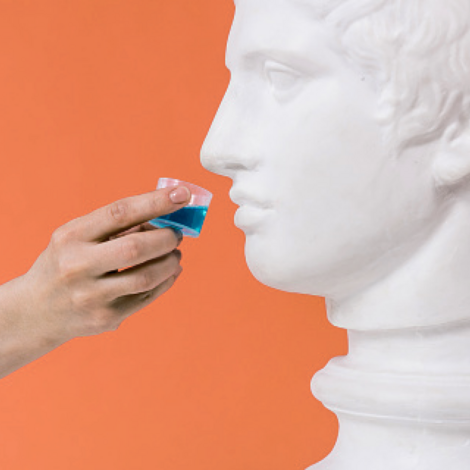If you happen to wander onto a skincare website or browse through Sephora, you may wish you’d paid a little more attention in your high-school statistics class. One product after another is accompanied by a list of numbers, usually percentages, intended to convey their efficacy. Interpreting them may require an advanced degree.
Estée Lauder Advanced Night Repair tells us that 91 percent of 535 women who used the serum for three weeks reported that their “skin looks more rested,” and 89 percent attest that it also feels firmer. Caudalie rattles off figures for its Vinoperfect serum: 65 people said their dark spots were “visibly reduced by 63% after 1 bottle.” Medik8’s Super C Ferulic Serum offers a “brighter more even complexion” in seven days, with 93 percent of users claiming it “worked faster than any vitamin C product they’d tried.”
Numbers don’t lie, but they don’t tell the whole story. Many of the figures supporting a skincare’s performance are subjective assessments based on experience, not scientific data gathered from controlled measurements. Can these statistics be trusted? Javon Ford, Air Mail Look’s cosmetic chemist, gets out his calculator. —Linda Wells
Companies commonly assess their product’s effect on the skin’s moisture levels, something they can do with a variety of instruments, which makes the results sound objective. You may see a claim that the product improves moisture levels to a dramatic degree, such as a “200 percent increase in hydration.” That’s cute, but it’s not very meaningful; splashing your face with water can also give you a dramatic increase in moisture. But water alone quickly evaporates—it’s called transepidermal water loss. A better test is moisture retention. Did the company test the product to show that it maintains that moisture level? That’s the key.
Otherwise, most of the benefits online or on the product packaging are users’ self-reported benefits; they create a real-world impression of the product’s function. Most companies don’t have firm clinicals—meaning the kind of double-blind controlled studies that are conducted on pharmaceutical products. Those tests are complicated, lengthy, and cost a fortune. They’re impractical for most beauty brands.
Instead, companies focus on the way consumers perceive their skin after using the product for a designated period of time. The testers will observe qualities like their skin’s brightness and firmness, offering subjective, self-reported results.
The subjective tests are different and reflect the user’s feelings about the product. People tend to feel positively about the skincare products they use because they’ve invested a certain amount of money and time in them. When you buy a new product, you want it to work. So you’re manifesting those results on some level. If you don’t believe in the product, you wouldn’t have paid for it or taken the time out to try it for a month.
Most skincare products are not drugs, and they don’t have to be tested and proven the way drugs are. And that’s okay. Who’s to say that feeling good about a product doesn’t make you look better or present yourself with more confidence? So much of beauty, really, is about perception. The subjective, self-reported results are fine with me.
Javon Ford is a Los Angeles–based cosmetic chemist. He posts highly informative lessons, reviews, and myth-busting content on TikTok and Instagram @javonford16





